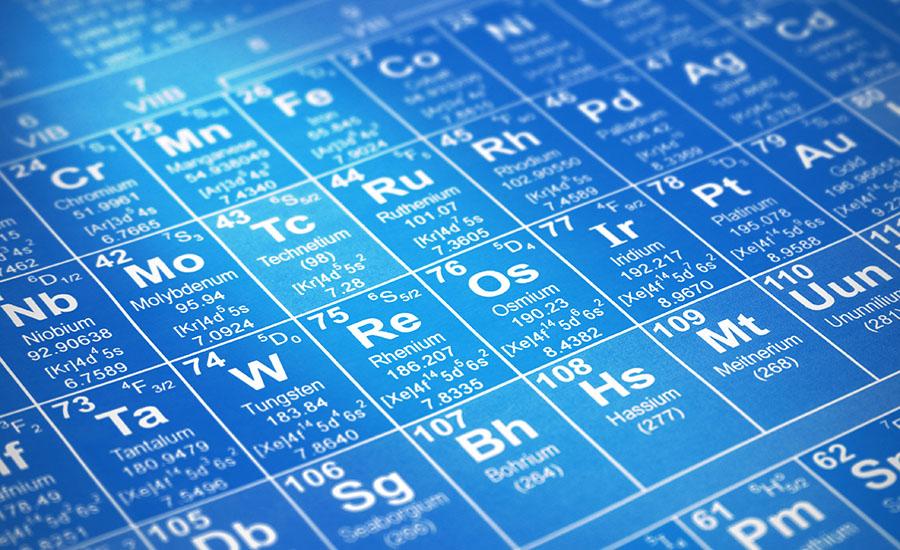
Chemiluminescence
In a chemiluminescence chemical reaction, light is generated as a product. What causes light to be generated from chemicals that interact? This chemistry lesson explores the reasons why light is generated through a review of electron movement, ion formation, photon absorption and emission, with an introduction to oxidation-reduction reactions that characterize chemiluminescence. The lesson includes a demonstration of chemiluminescence reactions. In addition to the one day lesson, there is a one day lab component in which students explore the relationship between glow stick reaction rates with temperature and external light.
Lesson Grade Level
11th GradeLesson Plan Link/URL
https://docs.google.com/presentation/d/1M72zjMfK4rtyo-giLdaNwq7dS1KpdLMI/edit?u…Related Content

Making a wave machine to learn about the parts of the wave. This is the foundational learning piece before heading into the seismic building challenge.

